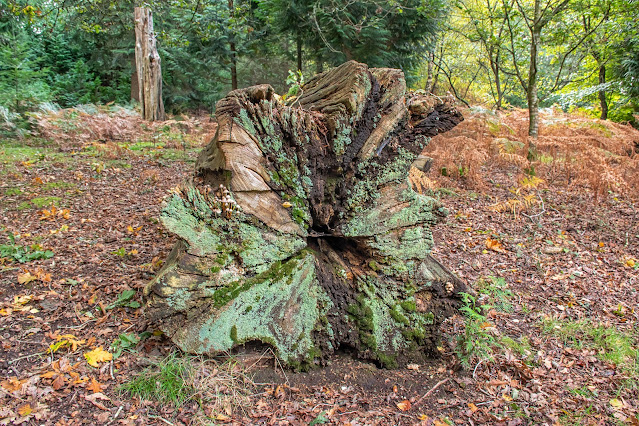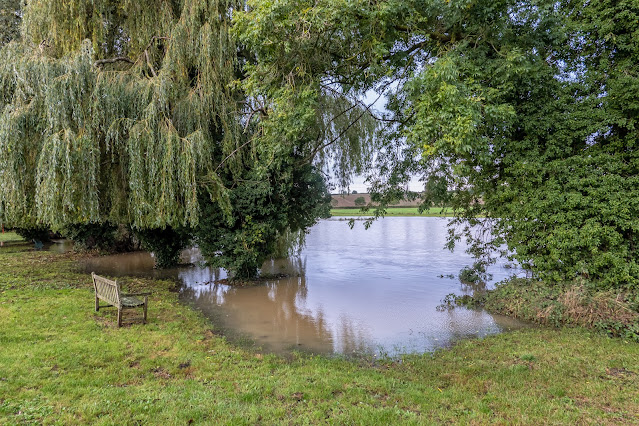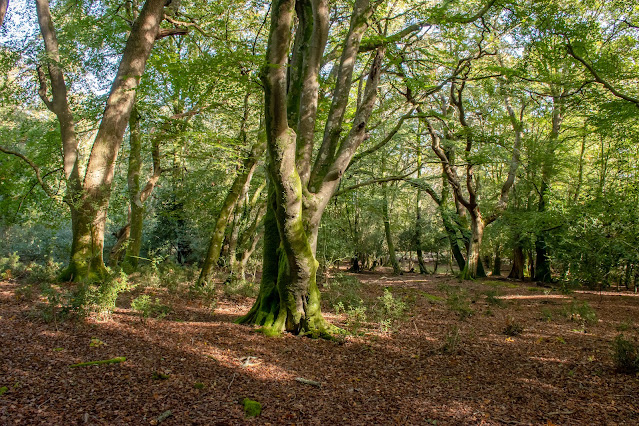My photographic diary - a record of places visited and things seen, including the history found in our many villages, and nature in its many forms. They are, above all, my memories --- "For what is a person without memories? - a ghost, trapped between worlds, without an identity, with no future, no past"
Tuesday, 6 February 2024
Norton - All Saints
Tuesday, 9 January 2024
Flatford - floods and frost
Two visits to Flatford in different weather conditions. The first series of photgraphs are taken on the 9th January, after the torrential rains that poured over large parts of the country.The second set are taken (10 days later) in the same area, now largely covered in frost although a fair amount of water remains in the fields. So first the rain.
This the start of our normal walk toward Dedham - `not today` we thought!
Bridge Cottage, where you can see the `normal edge` to the path under water.
Sunday, 12 November 2023
Mistley - short walk with Gill Moon
When Gill offered this morning walk with coffee and cake at the end, who could resist? As it was, the morning was misty and atmospheric over the river, and then onto a walk through the woods. So, a few images I managed of the morning.
Being Remembrance Sunday, a short service was being held beside the memorial. Back at the start we were treated to hot coffee and cake - lovely! Thanks Gill and Simon.
Saturday, 21 October 2023
Storm Babet in our area of Suffolk
Monday, 16 October 2023
The New Forest for two days
We recently had a pleasant couple of nights in Lyndhurst in the New Forest, which allowed us to explore some wonderful woodland scenery and glorious trees, of many shapes and sizes.


Dotted about were remains of trees which sometimes make an interesting pattern.
All in all, we had a a wonderful time wandering in a couple of areas of the New Forest. I was a bit disappointed that we were not able to photograph the deer - even though we went to a recognized watching area. We did spot someone on the far side of the area who probably spooked them. But that's lady luck for you!
Lyndhurst and Alice in Wonderland
On our break in the New Forest, we stayed in a great place called The Stag, in the centre of the town. It was just great `all round`. The food was good, the staff brilliant and the accommodation comfortable, clean and quiet. We would go back another time if in the area.

We were amused by their preparations for Halloween which they appear to put a lot of effort into.
Featured post for the week
Bridges and butterflies in Pipers Vale, Ipswich
Ipswich is blessed with a number of park areas, including the great Christchurch Park. The Park we visited today is called Piper`s Vale, and...

-
Located in the south-eastern ‘corner’ of Mull, Loch Spelve is a large tidal body of water bounded by an unclassified single track road whi...
-
Having been photographing some of the many Listed buildings in Hadleigh, I was surprised at the number of inns, taverns, pubs etc which have...
-
John Betjeman once said: “Hadleigh is one of the most perfect small towns in England, with trees, old red brick, flint and plaster and tha...


























































